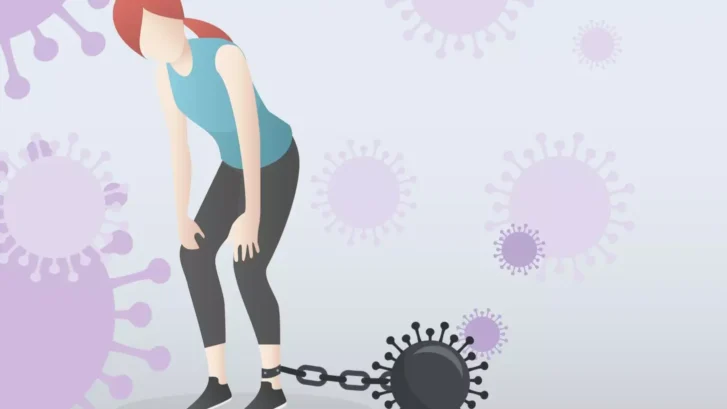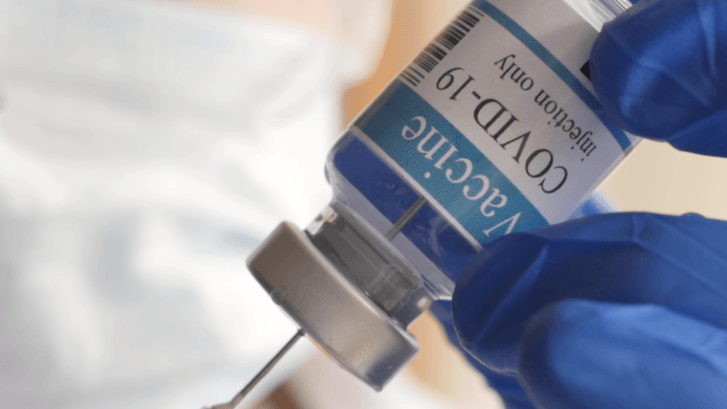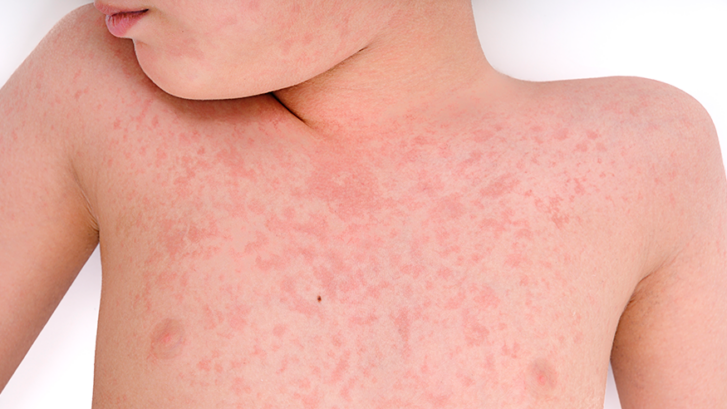The Centers for Disease Control and Prevention (CDC) earlier this month approved two new booster vaccines specifically formulated to target the BA.4 and BA.5 omicron subvariants of the SARS-CoV-2 coronavirus, so our primary care concierge doctors in Jupiter want to bring you up to date on the latest information.
What’s different about this vaccine?
The COVID-19 vaccines that have been in use since they were first rolled out in 2021 were all designed to target the original strain. They also effectively reduced hospitalizations and deaths against the different variants that emerged in the following months, including the widespread delta variant.
As the newest omicron subvariants emerged and are now responsible for 90 percent of COVID-19 infections, vaccine makers Pfizer-BioNTech and Moderna developed new, more tailored versions to specifically target them.
The new formula is defined as “bivalent,” meaning it protects against both the original strain as well as the highly contagious BA.4 and BA.5 subvariants. They are the first updated COVID-19 vaccines to be cleared by the U.S. Food and Drug Administration (FDA).
“The updated COVID-19 boosters are formulated to better protect against the most recently circulating COVID-19 variant,” said CDC director Rochelle Walensky.
“They can help restore protection that has waned since previous vaccination and were designed to provide broader protection against newer variants,” she added. “This recommendation followed a comprehensive scientific evaluation and robust scientific discussion.”
Tests in mice have shown they produce a good immune system response to omicron’s BA.4 and BA.5 subvariants.
Are they safe?
Some have questioned the safety of the new versions of the shots because they haven’t been tested in humans, only in mice. But the new vaccines have merely been “tweaked” to “change the recipe,” as the University of Colorado’s UCHealth website explains.
The original Pfizer and Moderna vaccines have been fully tested in humans, and more than 600 million doses in the U.S. and millions more around the world have been given safely. The advisors and experts at both the FDA and the CDC have determined that the newly formulated booster shots are safe.
UCHealth infectious disease and COVID-19 expert Dr. Michelle Barron compared the new boosters to the flu shot, which is updated every fall as vaccine makers guess which strains of the flu will be circulating, and change the recipe to match. But the vaccine itself is not entirely new, she explained.
“We don’t test the flu shot each year. We just change it slightly,” Barron said.
“This new COVID-19 booster just tweaks the formula. The technology is the same. The safety of the vaccines will be exactly the same because it’s not a new vaccine,” she explained.
Who can get them?
The Pfizer vaccine is authorized for anyone ages 12 and older; the Moderna vaccine is authorized for adults 18 and older.
Like the previous coronavirus vaccines, the new boosters are free to the public. They will be available to anyone who has already had their primary vaccine series from any authorized U.S.-approved company regardless of how many boosters they’ve already received.
Public health officials recommend that those who are pregnant or have been pregnant recently should also get the updated boosters because they are at a slightly increased risk of more severe illness and death from COVID-19.
For those who recently received a booster of the previous vaccines, the FDA has set a minimum waiting period at two months, but advisers to the CDC recommend waiting longer: at least three months for those at high risk, or as long as six months for everyone else.
It’s also recommended that anyone who has recently recovered from a COVID-19 infection should wait at least three months to be vaccinated, not only to boost the effects of the vaccine but also to avoid the possibility of a rare side effect, heart inflammation, that sometimes affects teen boys and young men.
“If you wait a little more time, you get a better immunologic response,” CDC adviser Dr. Sarah Long of Drexel University told CBS News.
According to the CDC, side effects are expected to be similar to those associated with the current vaccine, including headache and muscle soreness, occasional fatigue, and redness and swelling at the injection site.
What about other vaccines?
As we head into the fall flu season, several of our clients have asked whether they can get a coronavirus vaccine along with a flu vaccine. The answer is yes, one in each arm.
In fact, health officials have recommended this protocol, and the government is preparing to launch a campaign that will urge Americans to do just this, due to the possibility of the high spread of flu and COVID-19 this season.
As for the Jynneos monkeypox vaccine, the CDC suggests that adolescent and young adult men consider waiting four weeks after receiving the monkeypox vaccine before receiving a Moderna, Novavax, or Pfizer COVID-19 vaccine, because of the risk of inflammation of the heart muscle (myocarditis) or inflammation of the tissue surrounding the heart (pericarditis).
However, the agency adds that the monkeypox vaccination “should not be delayed” due to recently receiving a coronavirus vaccine.
If you have any questions about whether or not to get the new booster, don’t hesitate to contact us for advice.









